Bao Pham
Losing dimensions: Geometric memorization in generative diffusion
Oct 11, 2024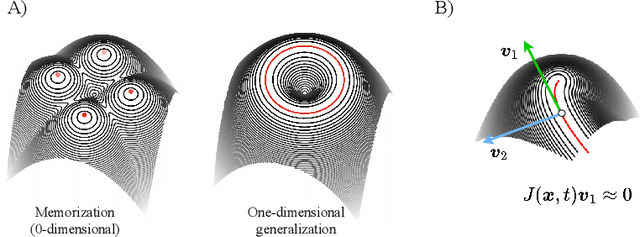

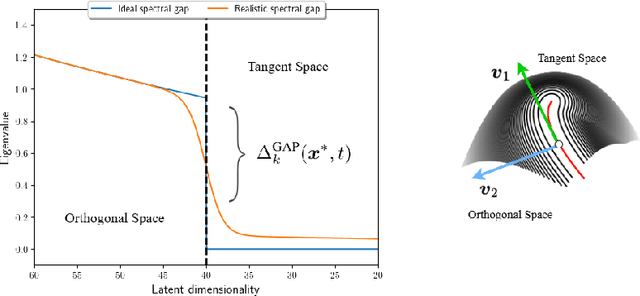

Abstract:Generative diffusion processes are state-of-the-art machine learning models deeply connected with fundamental concepts in statistical physics. Depending on the dataset size and the capacity of the network, their behavior is known to transition from an associative memory regime to a generalization phase in a phenomenon that has been described as a glassy phase transition. Here, using statistical physics techniques, we extend the theory of memorization in generative diffusion to manifold-supported data. Our theoretical and experimental findings indicate that different tangent subspaces are lost due to memorization effects at different critical times and dataset sizes, which depend on the local variance of the data along their directions. Perhaps counterintuitively, we find that, under some conditions, subspaces of higher variance are lost first due to memorization effects. This leads to a selective loss of dimensionality where some prominent features of the data are memorized without a full collapse on any individual training point. We validate our theory with a comprehensive set of experiments on networks trained both in image datasets and on linear manifolds, which result in a remarkable qualitative agreement with the theoretical predictions.
Energy Transformer
Feb 14, 2023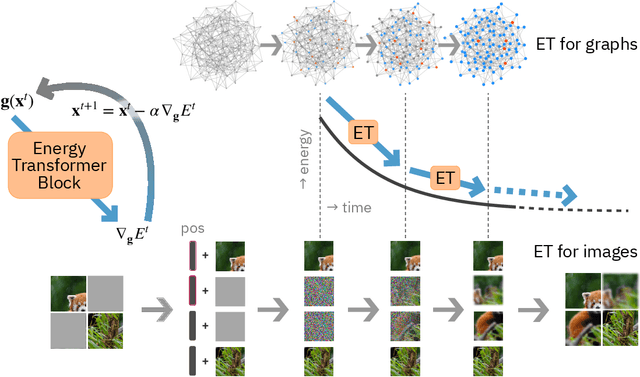
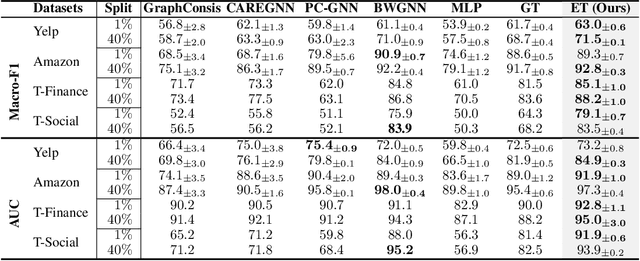
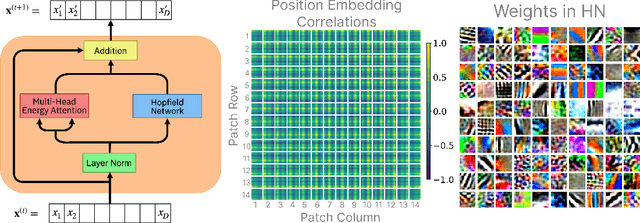

Abstract:Transformers have become the de facto models of choice in machine learning, typically leading to impressive performance on many applications. At the same time, the architectural development in the transformer world is mostly driven by empirical findings, and the theoretical understanding of their architectural building blocks is rather limited. In contrast, Dense Associative Memory models or Modern Hopfield Networks have a well-established theoretical foundation, but have not yet demonstrated truly impressive practical results. We propose a transformer architecture that replaces the sequence of feedforward transformer blocks with a single large Associative Memory model. Our novel architecture, called Energy Transformer (or ET for short), has many of the familiar architectural primitives that are often used in the current generation of transformers. However, it is not identical to the existing architectures. The sequence of transformer layers in ET is purposely designed to minimize a specifically engineered energy function, which is responsible for representing the relationships between the tokens. As a consequence of this computational principle, the attention in ET is different from the conventional attention mechanism. In this work, we introduce the theoretical foundations of ET, explore it's empirical capabilities using the image completion task, and obtain strong quantitative results on the graph anomaly detection task.
 Add to Chrome
Add to Chrome Add to Firefox
Add to Firefox Add to Edge
Add to Edge